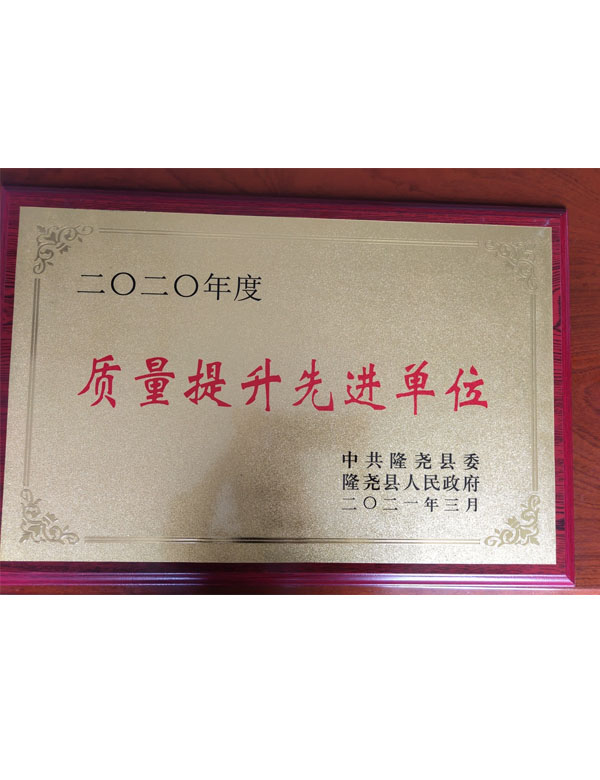Applications of Poly Aluminium Chloride in Water Purification and Treatment Processes
The Role of Poly Aluminium Chloride in Water Treatment
Water is an essential resource, vital for sustaining life on Earth. However, ensuring the quality of water is a significant challenge. Various methods exist for purifying water, and one of the most effective chemical agents used in water treatment is Poly Aluminium Chloride (PAC). This article explores the uses and benefits of PAC in water treatment processes.
What is Poly Aluminium Chloride?
Poly Aluminium Chloride is a chemical compound that is primarily used as a coagulant in water treatment processes. It is composed of aluminum ions and chloride ions, and it is available in several forms, including powder and liquid. PAC is favored in a variety of water treatment scenarios due to its efficiency, safety, and versatility.
How Does PAC Work?
PAC operates through a process called coagulation-flocculation. When PAC is introduced into water, it reacts with the impurities present, such as dissolved organic matter, suspended solids, and other contaminants. Through electrostatic attraction, the positively charged PAC molecules neutralize the negative charges of these impurities, causing them to aggregate into larger particles, known as flocs. This process facilitates the removal of these contaminants through sedimentation and filtration.
Applications of PAC in Water Treatment
1. Drinking Water Treatment One of the most critical applications of PAC is in the purification of drinking water. It effectively removes turbidity, color, and a wide range of contaminants, including bacteria and viruses, ensuring that water meets safety standards for human consumption. Its high performance even in low concentration makes it a preferred choice for water treatment plants worldwide.
2. Wastewater Treatment PAC is extensively used in the treatment of industrial and municipal wastewater. It helps to reduce the concentration of various pollutants, including heavy metals and organic solvents, making it easier to comply with environmental regulations before effluent is discharged into natural water bodies. The use of PAC in wastewater treatment not only protects ecosystems but also contributes to the circular economy by enabling the safe recycling of water.
poly aluminium chloride uses in water treatment

3. Paper and Pulp Industry In the paper manufacturing process, PAC is used to clarify water, which is a crucial step before the paper pulp is formed. It assists in removing wood fibers and other contaminants, enhancing the quality of the final product. Furthermore, PAC helps in thickening the pulp, which can lead to reduced energy consumption in subsequent drying processes.
4. Food and Beverage Processing The food industry also benefits from the use of PAC in clarifying water; this is particularly essential in the production of beverages, such as juices and soft drinks. The removal of suspended solids ensures that the final product is visually appealing and free from unwanted impurities, thus maintaining quality and safety standards.
Advantages of Using PAC
One of the significant benefits of using PAC in water treatment is its efficiency. Compared to traditional coagulants like aluminum sulfate, PAC provides better removal of turbid particles at lower dosages, leading to cost-saving benefits for water treatment facilities. Additionally, PAC can function effectively across a wide pH range, making it adaptable to different types of water sources.
Moreover, PAC is characterized by a rapid settling rate, which speeds up the overall treatment process, allowing for quicker turnaround times in water purification. The resulting sludge is also easier to handle and dewater, further simplifying operational workflows.
Environmental Impact and Safety
PAC is considered to be a safer alternative to other coagulants. Its use poses minimal health risks, and when used in accordance with regulatory guidelines, it can be safely integrated into water treatment systems without negatively impacting human health and the environment. Additionally, PAC can help reduce the carbon footprint in the water treatment process through its efficient operation and lower energy requirements.
Conclusion
Poly Aluminium Chloride has emerged as a fundamental component in modern water treatment practices. Its versatility, efficiency, and effectiveness in removing contaminants make it invaluable for ensuring safe drinking water, treating wastewater, and supporting various industrial processes. As the global demand for clean water continues to rise, the role of PAC in water treatment will undoubtedly remain significant, providing sustainable solutions for a healthier planet.
-
Water Treatment with Flocculant Water TreatmentNewsJun.12,2025
-
Polymaleic AnhydrideNewsJun.12,2025
-
Polyaspartic AcidNewsJun.12,2025
-
Enhance Industrial Processes with IsothiazolinonesNewsJun.12,2025
-
Enhance Industrial Processes with PBTCA SolutionsNewsJun.12,2025
-
Dodecyldimethylbenzylammonium Chloride SolutionsNewsJun.12,2025





